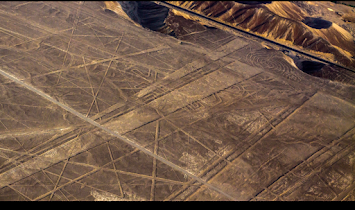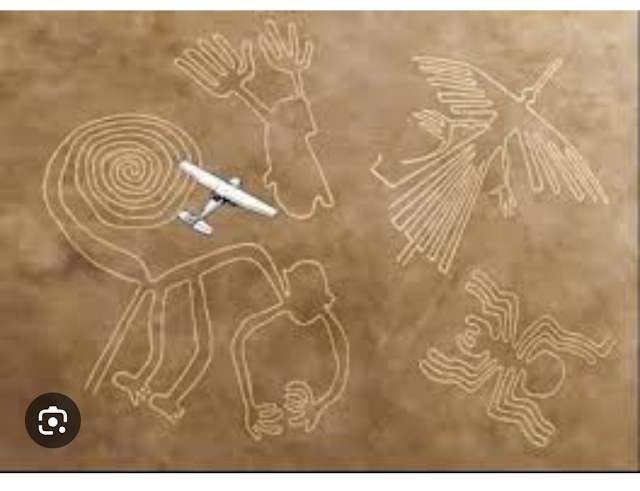The Nazca Lines: Ancient Messages in the Desert
Deep in the arid plains of southern Peru lies one of archaeology’s most fascinating and mysterious wonders—the Nazca Lines. These enormous geoglyphs, etched into the desert floor, have captured the imagination of explorers, historians, and conspiracy theorists alike for nearly a century. But what are they exactly? And why do they continue to baffle experts to this day?
The Nazca Lines are a collection of over 800 straight lines, 300 geometric shapes, and 70 animal and plant figures, including a monkey, hummingbird, spider, and even a human-like figure often referred to as “The Astronaut.” Some stretch over 12 kilometers long, while others span the size of several football fields. They are located in the Nazca Desert, an extremely dry, windless plateau that has helped preserve the lines for over 2,000 years.
Believed to have been created by the Nazca people between 500 BCE and 500 CE, these geoglyphs were made by removing the reddish pebbles on the desert surface to reveal the lighter-colored soil underneath. The designs are so vast that many can only be fully appreciated from the sky, which adds to the mystery—how could an ancient civilization with no flying technology create such precise and large-scale designs?
Several theories have emerged over the years.
Some scholars believe the lines were part of religious or astronomical rituals. For example, certain lines align with the sun's position during the solstices, suggesting they may have been used as a kind of celestial calendar. Others think the figures were offerings to the gods, especially deities related to water and agriculture—both vital in such a dry environment.
Another theory suggests that the lines were part of ancient pilgrimage routes, guiding people through sacred paths across the desert. The geometric shapes and animals could have represented spiritual beliefs or tribal identities.
However, the most sensational theories involve extraterrestrials. Some fringe theorists, like Erich von Däniken, argue that the Nazca Lines were landing strips for alien spacecraft or messages to beings from other worlds. While there's no scientific evidence supporting this, it has added a layer of pop culture intrigue to the mystery.
Despite years of research, no single theory fully explains why the Nazca people created these massive figures or how they achieved such accuracy without modern tools. What’s clear, though, is that these lines were significant—perhaps spiritual, practical, or symbolic in ways we may never completely understand.
Today, the Nazca Lines are a UNESCO World Heritage Site and protected by Peruvian law. Tourists can view them from observation towers or small planes that fly overhead, offering a breathtaking glimpse into an ancient mystery that still whispers through the sands.
The Nazca Lines remind us that even in the simplest of landscapes, human creativity can leave behind puzzles that endure for millennia. Whether a sacred message, a cosmic map, or an earthly art form, their story continues to inspire wonder and curiosity across the world.







Comments
Post a Comment